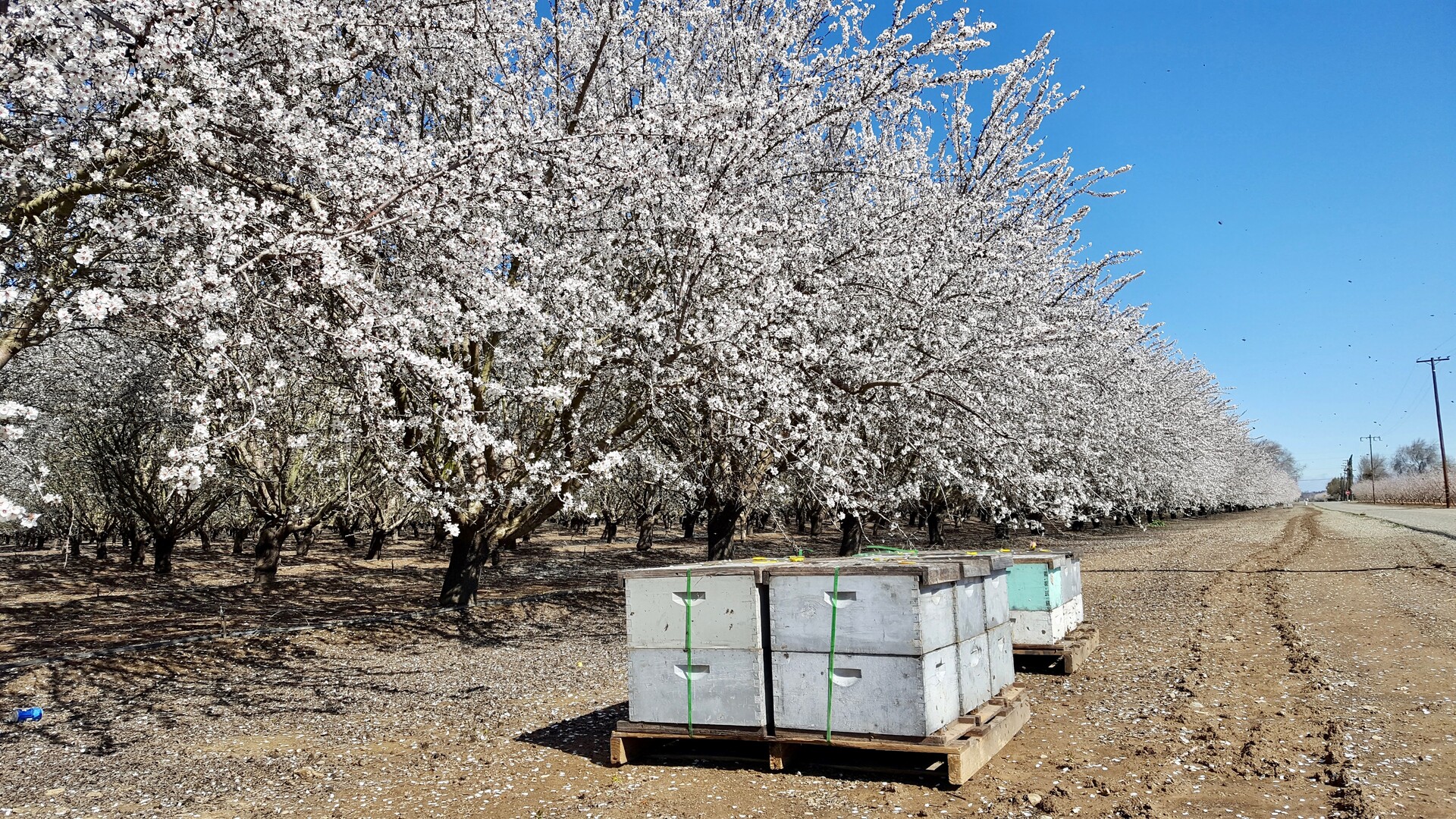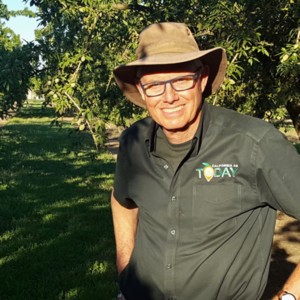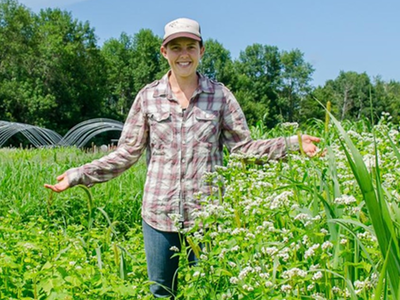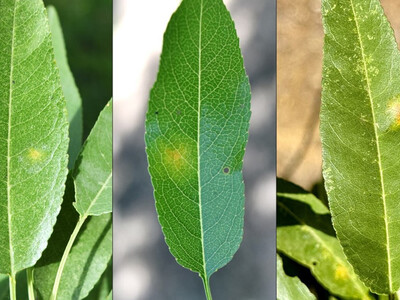Reducing Spray Drift to Protect Pollinating Bees
Protecting bees when those California almonds start blooming soon. One way to start, is reducing spray drift.Josette Lewis is Chief Scientific Officer with the Almond Board of California. “You want to make sure that you mitigate spray drift, which can go on to maybe flowering plants adjacent to the orchard that bees might visit, and also to make sure that you don't directly spray the beehives that are present usually at the ends of orchard,” noted Lewis.
“So, when applying a fungicide at night, make sure to turn off the nozzles, as the sprayer comes to the end of the rows, that have the hives on it. And, make sure you're not applying pesticides near flowering plants that might be outside the orchard or sources of water, whether they are puddles or naturally occurring water irrigation canals that might fill up during the winter,” she said.
“In all those cases you want to make sure you don't get pesticide drift onto water supplies because bees require water just like people and they will be visiting those and can get exposed. Specifically, for the bucket that is often placed next to the hives as a water source to keep the bees close into the orchard,” Lewis explained
She said, you want to make sure there's a clear agreement between the grower, the pesticide applicator, and the beekeeper. “It’s important to know who is going to cover and remove that bucket when the pesticide is applied and then put fresh, clean water back for the next day,” she added.

















